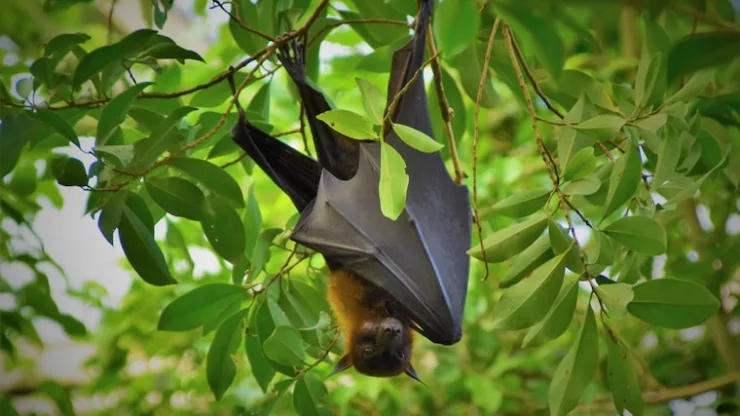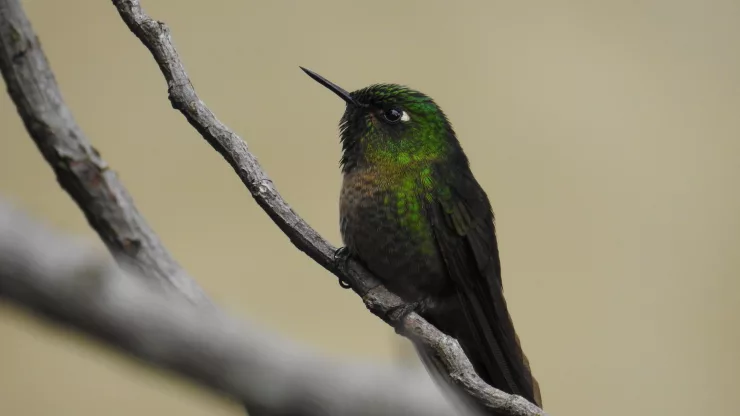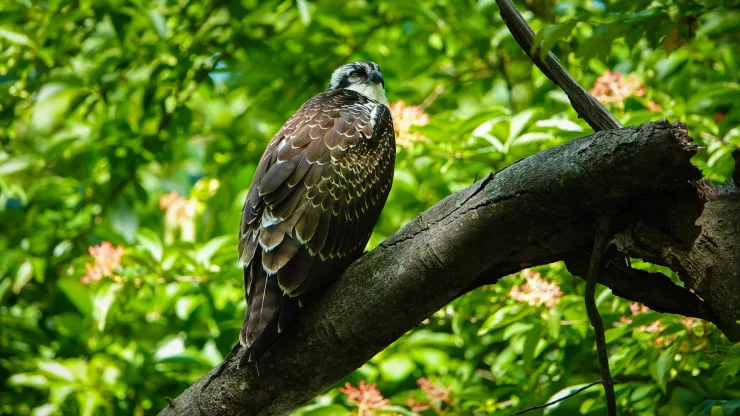Vampire bats have been a source of fascination and fear for centuries.
With their sharp teeth and nocturnal habits, these creatures have captured the imagination of people all over the world.
But how much do we really know about these fascinating creatures?
In this article, we’ll explore 22 facts about vampire bats that will shed some light on these mysterious animals.
- Vampire bats are the only mammals that feed exclusively on blood.
- There are three species of vampire bats: the common vampire bat, the white-winged vampire bat, and the hairy-legged vampire bat.
- Vampire bats are found in Central and South America.
- Vampire bats are small, with a wingspan of only about eight inches.
- Vampire bats are nocturnal, meaning they are active at night.
- Vampire bats use their sharp teeth to make a small incision in the skin of their prey.
- Vampire bats have an anticoagulant in their saliva, which helps keep the blood flowing while they feed.
- Vampire bats can consume up to half their body weight in blood in one feeding.
- Vampire bats often feed on the blood of livestock, such as cows and horses.
- Vampire bats can transmit diseases such as rabies to their prey.
- Vampire bats can live up to 10 years in the wild.
- Vampire bats are social animals and often roost in groups of up to 100 individuals.
- Vampire bats communicate with each other using a system of vocalizations.
- Vampire bats have a good sense of smell, which they use to locate their prey.
- Vampire bats have a unique heat-sensing ability that allows them to locate areas of blood flow in their prey.
- Vampire bats are not aggressive towards humans and rarely bite unless provoked.
- Vampire bats are considered to be important pollinators in some regions.
- Vampire bats are not closely related to other bat species and are classified in their own family, Desmodontidae.
- Vampire bats are capable of running along the ground using their wings as forelimbs.
- Vampire bats have a unique digestive system that allows them to digest large quantities of blood.
- Vampire bats have been the subject of scientific research due to their unique feeding habits.
- Vampire bats are not threatened or endangered, but their populations are affected by habitat loss and disturbance.
FAQ
Do vampire bats only feed on human blood?
No, vampire bats feed on the blood of a variety of animals, including livestock such as cows and horses.
Are vampire bats dangerous to humans?
Vampire bats are not considered a significant threat to humans, but they can transmit diseases such as rabies.
How do vampire bats locate their prey?
Vampire bats use their sense of smell and heat-sensing abilities to locate areas of blood flow in their prey.
Are vampire bats related to other types of bats?
Vampire bats are not closely related to other bat species and are classified in their own family, Desmodontidae.
How much blood can a vampire bat consume in one feeding?
Vampire bats can consume up to half their body weight in blood in one feeding.
Are vampire bats endangered?
Vampire bats are not threatened or endangered, but their populations are affected by habitat loss and disturbance.

I am a fun fact enthusiast and creator of Facts On Tap.
I love to share my knowledge and curiosity with readers and inspire them to learn something new every day.
When I’m not writing, I enjoy traveling, reading, and playing trivia games with my friends.




